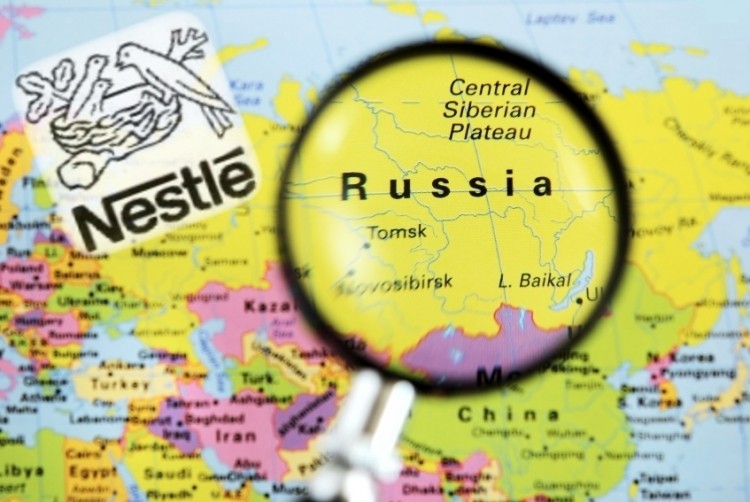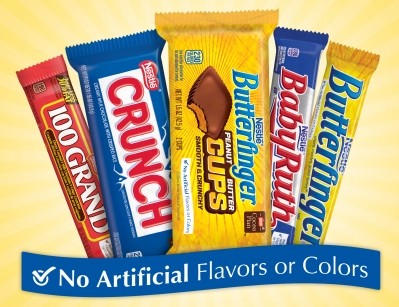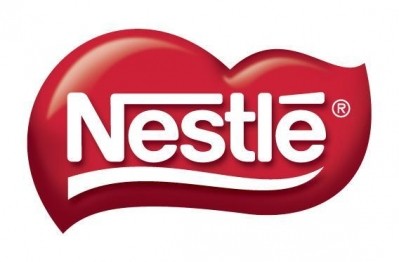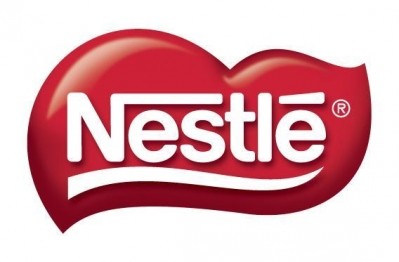Nestlé confectionery sales slump 7%

In the company’s nine-month results released last week it reported a 7 % drop in confectionery sales from CHF 7.2bn ($7.6bn) to CHF 6.7bn ($7.1bn) compared to the same period last year.
Overall sales dropped by 3.1% from CHF 68.35bn ($72.4bn) in the same period last year to CHF 66.2bn ($70.1bn).
Wan Ling Martello, Neslé CFO, said the real internal growth was influenced by rising pricing to compensate for currency movements as well as input costs of some commodities.
“Indeed, input costs – and especially coffee and cocoa, which are extremely relevant to Europe – will continue to have their impact,” she said.
The average daily cocoa price in September 2014 was 23% higher than the same month last year at $3,220, according to figures from the International Cocoa Organization (ICCO).
Mixed results around the world
Great Britain continued to see a decline in confectionery category, according to Martello.
Nestlé also reported some negative impact from its earlier rise of wholesale confectionery prices.
“Pricing, mainly in Latin America reflected the general economic environment and had an impact on real internal growth as expected,” said Martello.
On the other hand, the company had double digit growth with Kit Kat in a highly competitive confectionery category in Brazil.
Confectionery, Nestlé’s second smallest category, grew well in Middle East and Africa, helping to compensate for slower businesses in China and Oceania.
“I’m also happy to report that Kit Kat in Japan continued its growth momentum despite very tough comps to last year,” Martello added.
In North America the business benefited from innovations such as Butterfinger Cups in the confectionery category.
The best results were however achieved in Russia, where the sector recorded a double-digit growth.
'High alert’ on Ebola
Paul Bulcke, Nestlé CEO, said that Nestlé did not have operations in the countries worst affected by Ebola (Sierra Leone, Liberia and Guinea). He said Nestlé was on "high alert" for an outbreak in the wider African region, but said the company's cocoa supply was covered.
In a recent statement, the ICCO downplayed the impact of Ebola on the global cocoa supply.
“Regarding the impact of Ebola on the international cocoa sector, it is noted that harvesting and shipping of cocoa in Guinea, Liberia and Sierra Leone have been seriously curtailed. However, combined cocoa production in these three countries represents about 0.7% of global output and is likely to have a minor bearing on the global cocoa market.”







